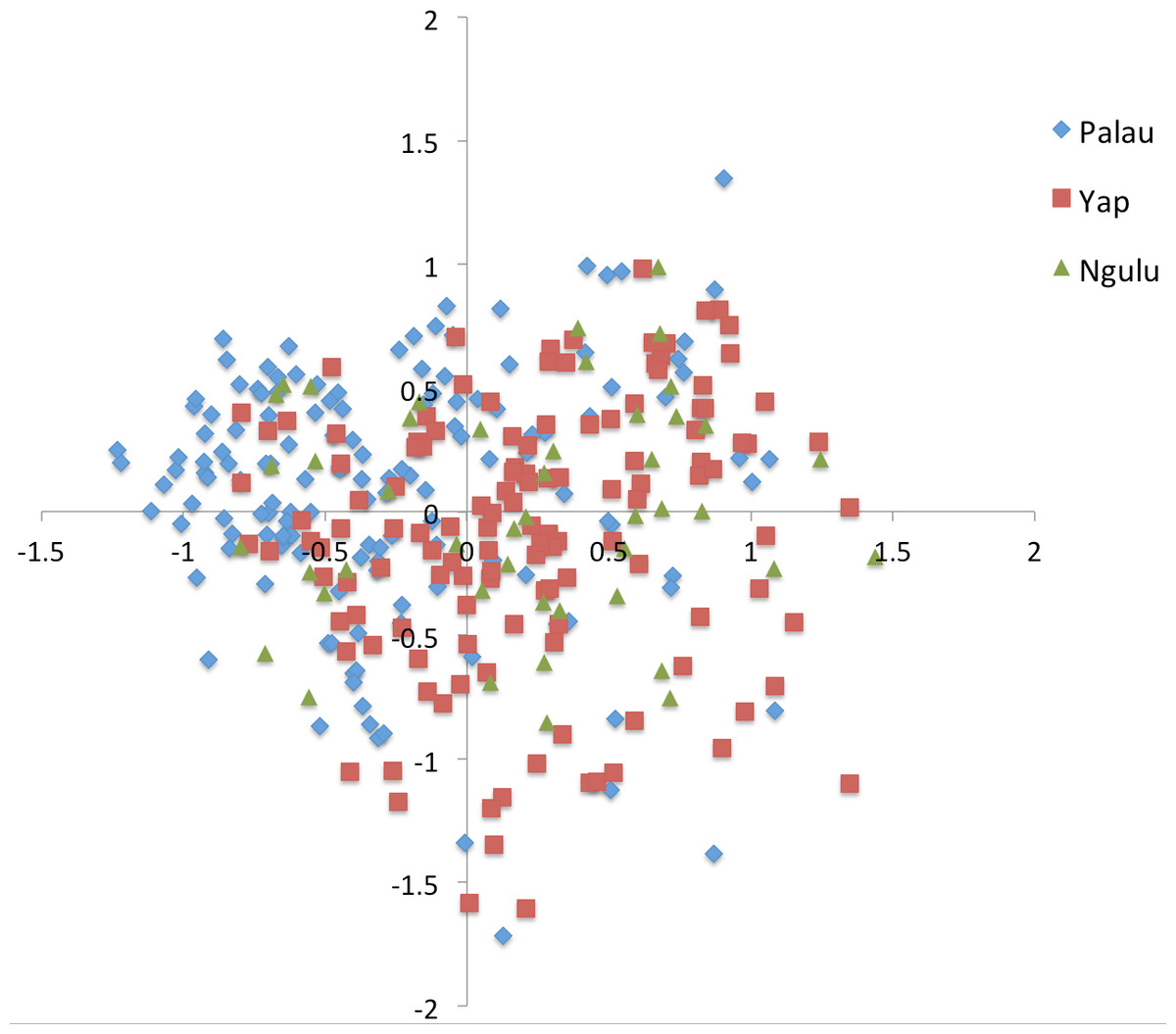

Watanabe, T., and Horiuchi, T., “A novel gene amplification system in yeast based on double rolling-circle replication,” The Embo Journal. Volkert, F.C., and Broach, J.R., “Site-specific recombination promotes plasmid amplification in yeast,” Cell. Stark, G.R., and Wahl, G.M., “Gene Amplification,” Ann. Signon et al., “Genetic Requirements for RAD51- and RAD54-Independent Break-Induced Replication Repair of a Chromosomal Double-Strand Break,” Molecular and Cellular Biology. Sektas, M., and Specht, M., “Limited use of the Cre/1oxP Recombination system in efficient production of 1oxP-containing minicircles in vivo,” Plasmid. Richardson et al., “Double-strand break repair by interchromosomal recombination: suppression of chromosomal translocations,” Genes & Development. Rattray et al., “Fidelity of Mitotic Double-Strand-Break Repair in Saccharomyces cerevisiae: A Role for SAE2/COM1,” Genetics. Rattray et al., “A mechanism of palidromic gene amplification in Saccharomyces cerevisiae,” Genes and Development. Narayanan et al., “The Pattern of Gene Amplification is Determined by the Chromosomal Location of Hairpin-Capped Breaks,” Cell. Merker et al., “Patterns of Heteroduplex Formation Associated With the Initiation of Meiotic Recombination in the Yeast Saccharomyces cerevisiae,” Genetics. Malkova et al., “RAD51-independent break-induced replication to repair a broken chromosome depends on a distant enhancer site,” Genes & Development. Lankenau et al., “Knockout Targeting of the Drosophila Nap1 Gene and Examination of DNA Repair Tracts in the Recombination Products,” Genetics. Langer et al., “A genetic screen identifies novel non-compatible loxP sites,” Nucleic Acids Research. Kraus et al., “Break-induced replication: A review and an example in budding yeast,” PNAS. Kim et al., “In vivo excision and amplification of large human genomic segments using the Cre/loxP-and large T antigen/SV40 ori-mediated machinery,” Journal of Biotechnology. International Search Report corresponding to International Application No. International Search Report corresponding to International Patent Application No. International Preliminary Report on Patentability (Chapter I of the Patent Cooperation Treaty) corresponding to International Patent Application No. Goffeau et al., “Life with 6000 genes,” Science. Guldener et al., “A second set of 1oxP marker cassettes for Cre-mediated multiple gene knockouts in budding yeast,” Nucleic Acids Research. 2576-2585 (2003).Įxtended European Search Report corresponding to European Patent Application No. 2359-2367 (2002).ĭong, Z., and Fasullo, M., “Multiple recombination pathways for sister chromatid exchange in Saccharomyces cerevisiae: role of RAD1 and the RAD52 epistasis group genes,” Nucleic Acids Research. 1065-1075 (2002).Ĭampo et al., “Cre-loxP Recombination System for Large Genome Rearrangements in Lactococcus lactis,” Applied and Environmental Microbiology. 7-28 (2004).īutler et al., “Formation of Large Palindromic DNA by Homologous Recombination of Short Inverted Repeat Sequences in Saccharomyces cerevisiae,” Genetics. e106 (2011).īranda, C.S., and Dymecki, S.M., “Talking about a Revolution: The Impact of Site-Specific Recombinases on Genetic Analyses in Mice,” Developmental Cell. Watanabe et al., “Gene amplification system based on double rolling-circle replication as a model for oncogene-type amplification,” Nucleic Acids Research.


 0 kommentar(er)
0 kommentar(er)
